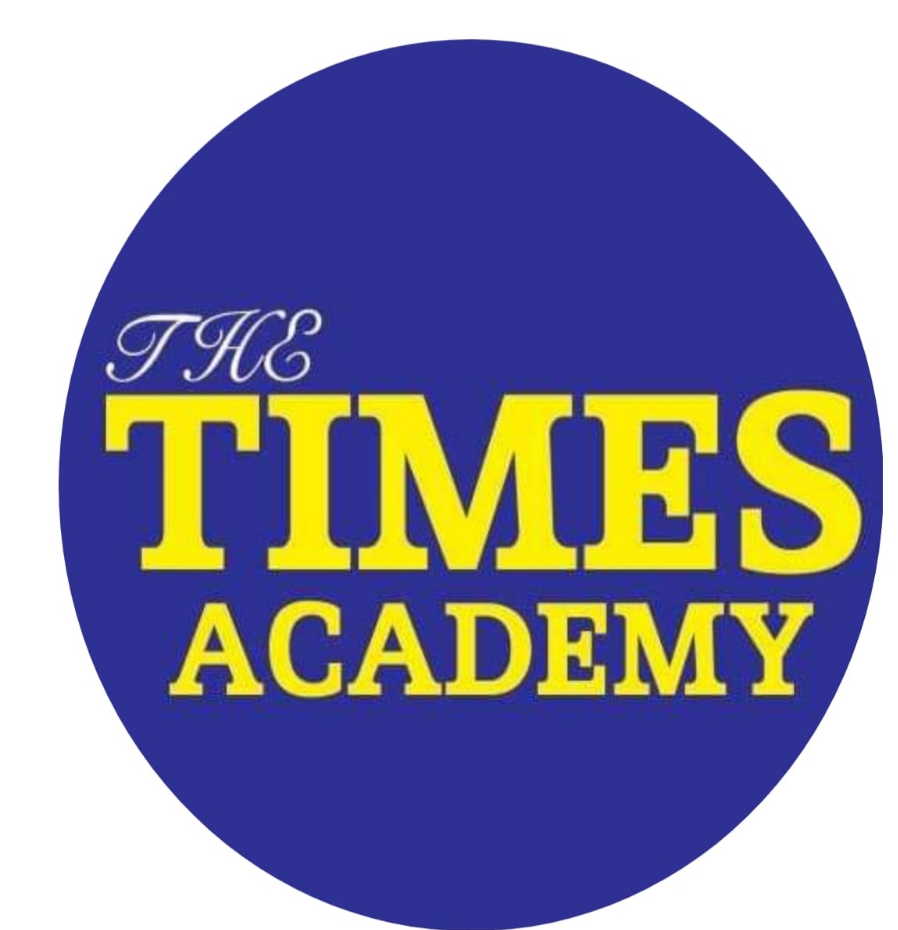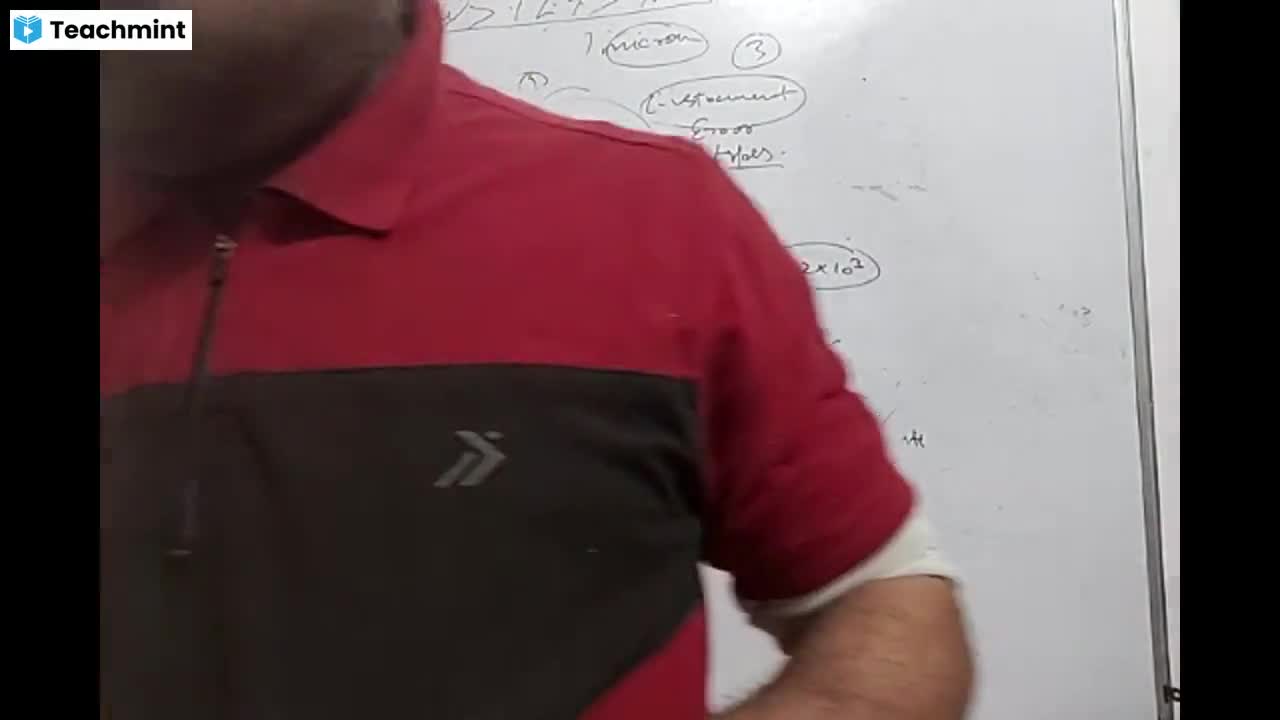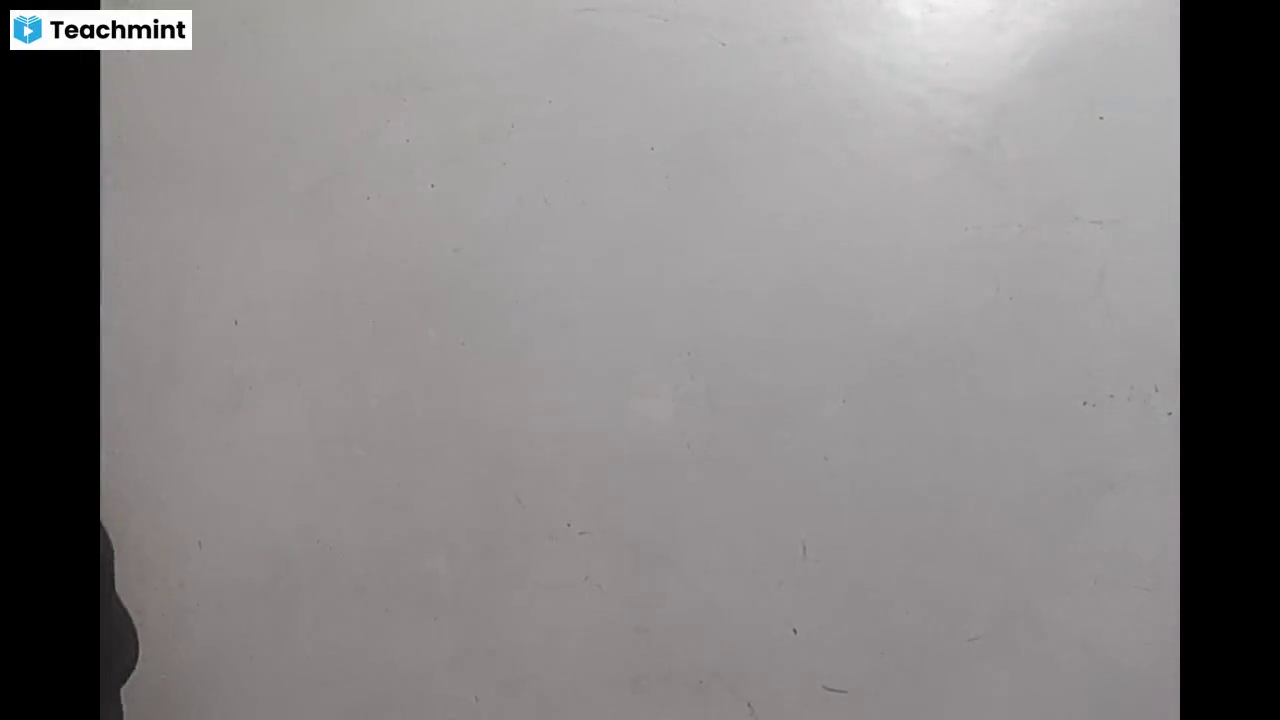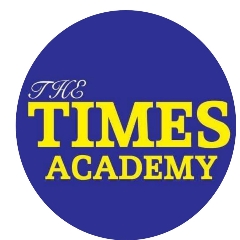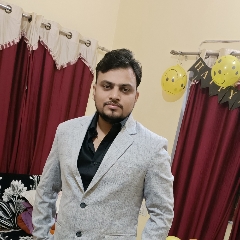Question 1 :
Which color should be used to increase the resolving power of a microscope
Question 3 :
The magnifying power of a simple microscope can be increased if we use an eyepiece of
Question 4 :
By which optical phenomena the splitting of white light into seven constituent colours occur?<br>
Question 5 :
A convex lens has $9\ cm$ focal length and a concave lens has $-18\ cm$ focal length. The focal length of the combination in contact will be
Question 6 :
Find the power (with sign) of a concave lens of focal length $20cm$.<br/>
Question 7 :
A ray of light travelling in air strikes the surface of glass at angle of $45^{\circ}$. The angle of refraction in the glass will be :
Question 8 :
A convex lens makes a real image $4\ cm$ long on a screen. When the lens is shifted to a new position without disturbing the object, we again get a real image on the screen which is $16\ cm$ tall. The length of the object must be
Question 9 :
When the length of a microscope tube increases, its magnifying power :<br/>
Question 10 :
If the angle of a prism is 60$^{\circ}$ and angle of minimum deviation is 40$^{\circ}$, then the angle of refraction in the prism will be <br/>
Question 11 :
State whether true or false:A concave lens forms a magnified or diminished image depending on the distance of object from it.<br/>
Question 15 :
A light ray travels at some angle (not head on) from water in a rectangular aquarium, through the glass side, and out into air . The indices if refraction for water, glass, and air are 1.33, about 1.6, and 1.0, respectively.<br/>Rank the material;s according to the angles of refraction  made by the light ray with the normal in each, greatest first.
Question 17 :
An experiment is performed to find the refractiveindex of glass using a travelling microscope.In this experiment distances are measured by:<br>
Question 19 :
A wave has velocity v in medium P and velocity 2v in medium Q. If the wave is incident in medium P at an angle of 30, then the angle of refraction will be
Question 21 :
When viewed vertically a fish appears to be 4 meter below the surface of the lake. If the index of refraction of water is 1.33, then the true dept of the fish is
Question 22 :
A lamp of luminous intensity $20$ $Cd$ is hanging at a height of $40$ $cm$ from the center of a square table of side $60$ $cm$. The illuminance at the centre of the table will be
Question 23 :
When an object is placed under a transparent medium, it appears to be raised. The upward shift = 
Question 24 :
In good-quality microscopes, lens combinations are used for the objective and eyepiece instead of single lenses.
Question 26 :
A point object is placed at a distance of $25\ cm$ from a convex lens of focal length $20\ cm$. If a glass slab of thickness $t$ and refractive index $1.5$ is inserted between the lens and the object, the image is formed at infinity. The thickness $t$ is
Question 27 :
The image of an object is formed at the least distance of distinct vision from the lens of a simple microscope of focal length $2.5\ cm$. Its magnifying power is:
Question 28 :
A $160\ watt$ infrared source is radiating light of wavelength $50000\overset {\circ}{A}$ uniformly in all directions. The photon flux at a distance of $1.8\ m$ is of the order of.
Question 29 :
<p>Two thin lenses of focal length 20 cm and 25 cm are in contact.  The effective power of combination is:</p>
Question 30 :
The light from an electric bulb is normally incident on a small surface. If the surface is tilted by $60^{0}$ from this position, then the illuminace of the surface will become
Question 31 :
The radius of curvature of the convex surface of a thin plano - convex lens is $15 cm$ and the refractive index of its material is $1.6$. The power of the lens is :
Question 32 :
A battery-operated torch is adjusted to send an almost parallel beam of light. It produce an illuminance of $40 \ lux$ when light falls on a wall $2 m$ away. The illuminance produced when it falls on a wall $4 m$ away is close to<br/>
Question 33 :
The curved face of a plano-convex lens is silvered. If $ \mu $ be the refractive index and r the radius of curvature of this curvature surface, then the system behaves like a concave mirror of radius  <br/>
Question 34 :
An object is placed in front of a convex mirror at a distance of $50\ cm$. A plane mirror is introduced covering the lower half of the convex mirror. If the distance between the object and the plane mirror is $30\ cm$, it is found that that is no parallax between the images formed by the two mirrors. What is the radius of curvature of the convex mirror?
Question 35 :
If $R_{1}$ and $R_{2}$ are the radii of curvature of a doubleconvex lens. The largest power will be for
Question 36 :
Two thin lenses of focal lengths $20 cm$ and $25 cm$ areplaced in contact. The effective power of the combination is
Question 37 :
A convex lens of focal length 80 cm and concave lens of focal length 50 cm are combined together. What will be their resultant power?<br>
Question 38 :
A square card of side length 1 mm is being seen through a magnifying lens of focal length 10 cm. The card is placed at a distance of 9 cm from the lens. The apparent area of the card through the lens is
Question 39 :
A convex lens of focal length produces a real image x times the size of an object, then the distance of the object from the lens is
Question 40 :
Assertion: The images formed by total internal reflections are much brighter than those formed by mirrors or lenses
Reason: There is no loss of intensity in total internal reflection.
Question 41 :
A plano-convex lens fits exactly into a plano-concave lens. Their plane surfaces are parallel to each other. If the lenses are made of different material of refractive indices $\mu_{1}$ and $\mu_{2}$ and $R$ is the radius of curvature of the curvature of the curved surface of the lenses, then focal length of the combination is
Question 42 :
An object is placed $1\ m$ in front of the curved surface of a plano-convex lens whose plane surface is silvered. A real image is formed in front of the lens at a distance of $120\ cm$. Then, the focal length of the lens is:<br>
Question 44 :
A double convex lens of focal length $20 cm$ is made of glass $\displaystyle \mu=\frac{3}{2}$. What will be lts focal length when lmmersed in a liquid of $\displaystyle \mu=\frac{4}{3}$?<br>
Question 45 :
An electron microscope is operated at $40 Kv$ . The ratio of resolving power of this microscope and another one which uses yellow light of wavelength $6\times10^7$ is :<br/>
